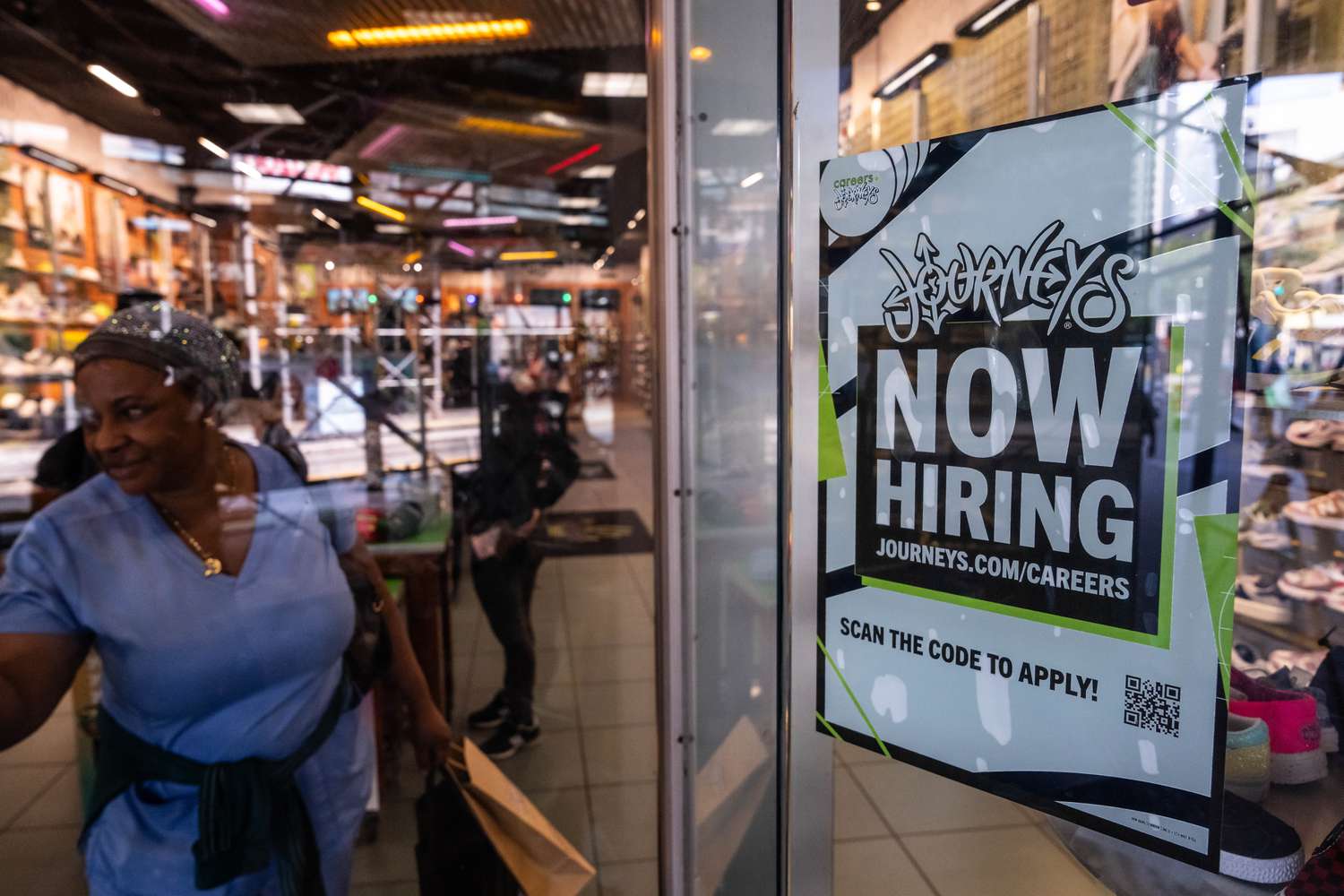Key Takeaways
- Hiring by U.S. employers has slowed to a crawl, according to recent data from Vanguard.
- The job creation rate is at its slowest sustained pace since 2009, when the U.S. was in a recession.
- Vanguard’s report is one of a handful of privately created data sources available in the absence of government reports that have been delayed by the shutdown.
The last time job growth was as slow as it is now, Boom Boom Pow by the Black Eyed Peas was at the top of the charts, a Bitcoin cost a quarter of a cent, and Donald Trump was best known as the host of a game show.
Vanguard data found the U.S. job growth rate was just 0.1% in seven of the first nine months of 2025—an ominous sign, as the last time job growth was that slow for a sustained period was during the Great Recession in 2009. That’s less than a third of the recent job growth peak of 0.36% in 2022.
What This Means For The Economy
Vanguard’s data highlights the job market’s uneasy balance: job creation is slow, but there haven’t been any waves of mass layoffs. Officials at the Federal Reserve view the job market as increasingly fragile and are expected to cut interest rates to support job growth and prevent a severe increase in unemployment.
Vanguard’s data is one of a handful of reports on the job market created by private companies, which are still being published in the absence of official figures from the government that are being delayed by the ongoing shutdown.
Vanguard’s data reinforces recent findings indicating a “low hire, low fire” job market in an uneasy equilibrium. Many employers remain reluctant to either expand or reduce their workforces as they contend with the economic policies of the White House, particularly tariffs and a crackdown on immigration, according to recent surveys.
The slow rate of job creation is bad news for anyone currently looking for work, but the labor market isn’t yet in crisis. Unlike the early 2000s, people who currently have jobs can count on relatively stable employment, according to Vanguard.
“Hiring has slowed, but low layoff rates and solid income growth point to a labor market that remains strong for those currently employed,” the company said in a blog post.
